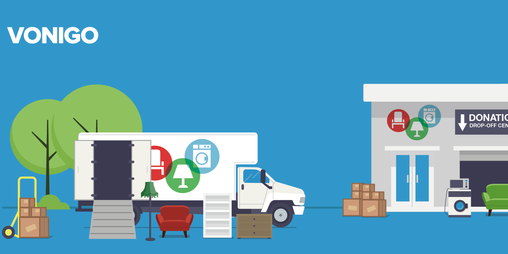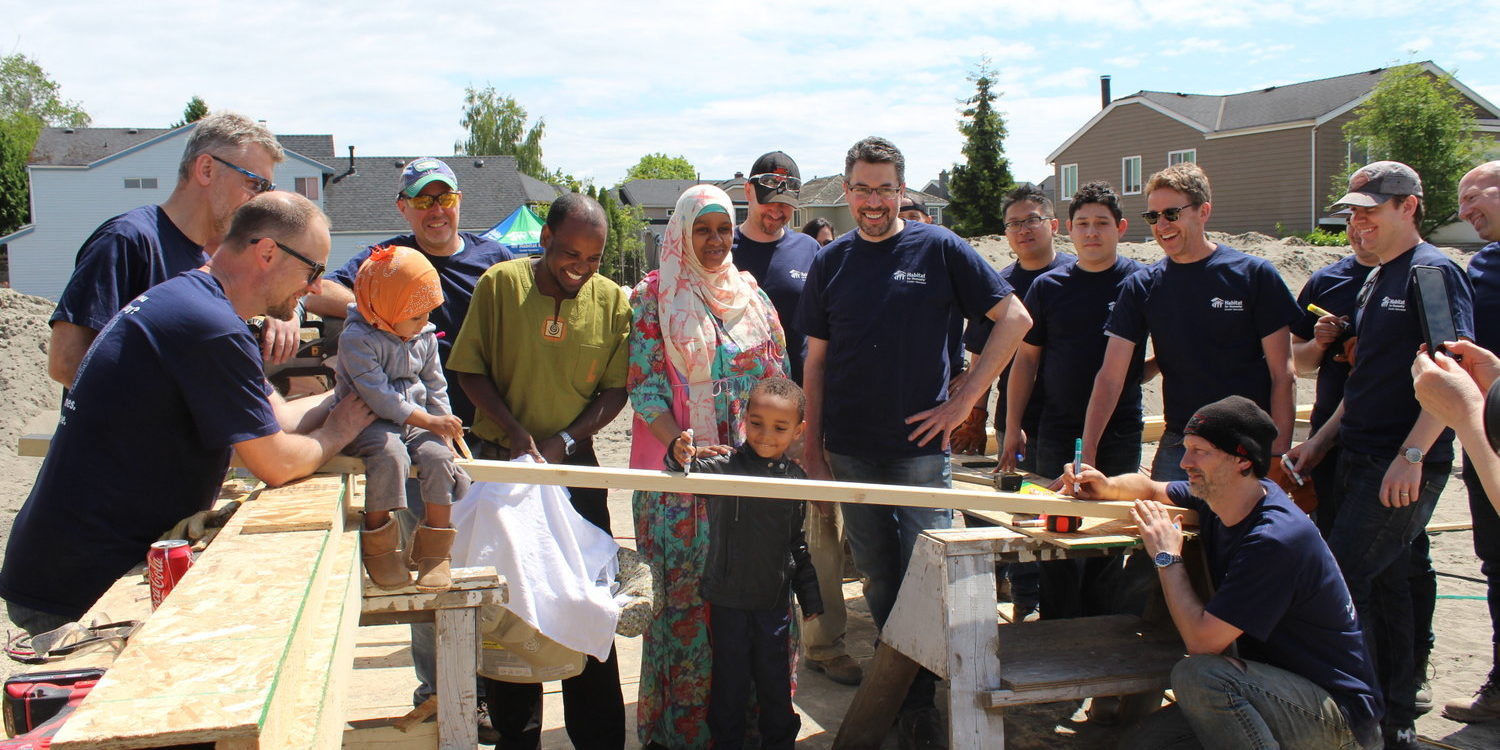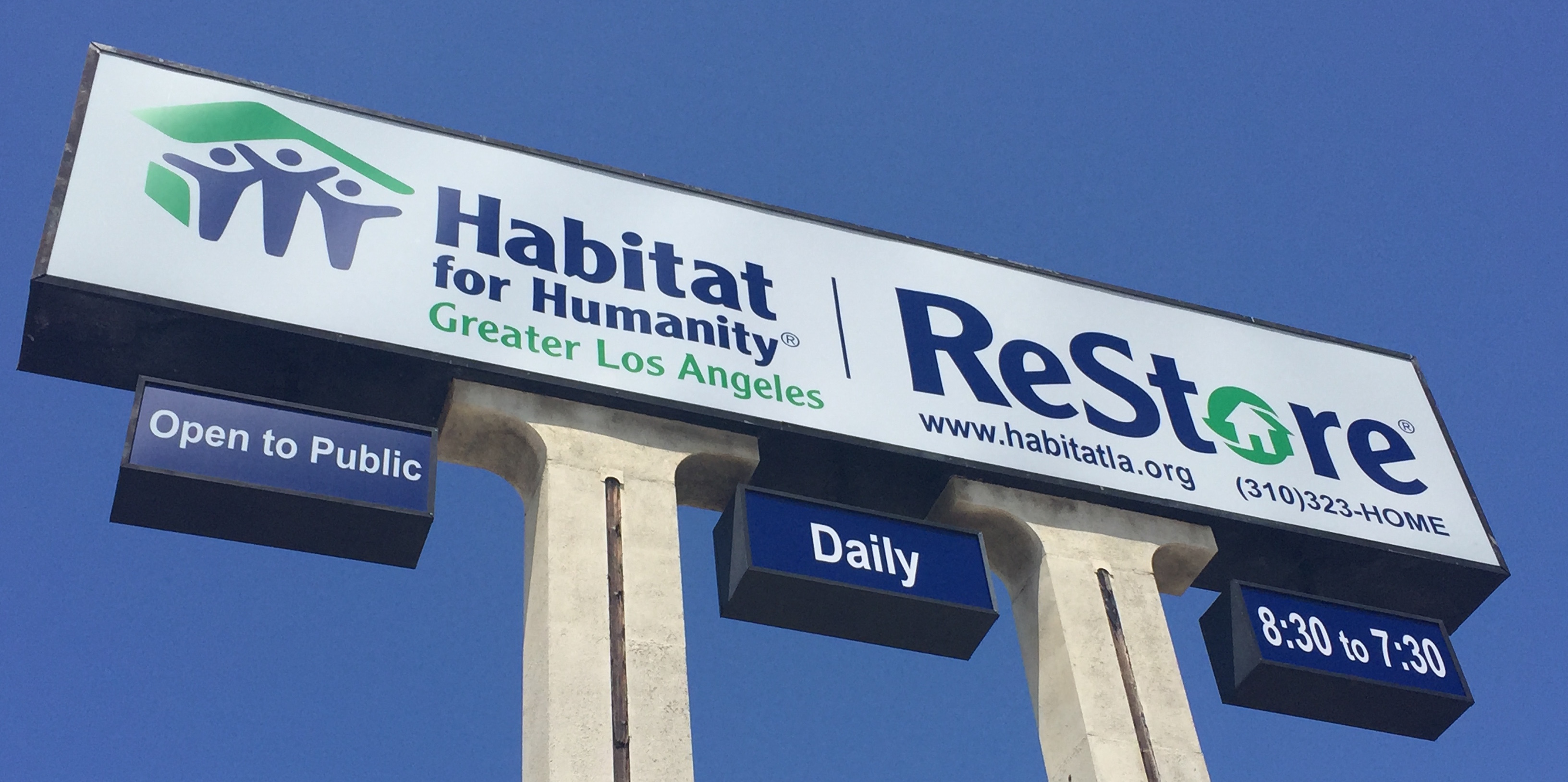10 Things Nonprofits Can Do Right Now to Improve Their Social Profiles
- May 7, 2017
- By: Vonigo
Nonprofits run a tight ship: they are organizing events, managing volunteers, and providing positive community impacts – all on a shoestring budget. With limited resources, a social media presence can seem like another labor-heavy item on a mounting to-do list.
Part of social media’s appeal is being able to tap into a wider audience without a huge budget. Social media helps your wider support group understand how they can best help your team achieve their goals on time and within budget.
Even as the landscape of social media changes – algorithms are adjusted, new platforms arise – social can still be counted upon as a marketing tactic that delivers results.
1. Keep Your Social Connected
 Nonprofits overwhelmingly (88%) said their most important communication tools were email and their websites, even though fully 97% of them are on Facebook. Why not combine that power? Beth Kanter, non-profit consultant, author of Beth’s Blog – one of the longest running and most popular blogs about nonprofits and social media, has this to say about how to leverage your nonprofits’ social presence:
Nonprofits overwhelmingly (88%) said their most important communication tools were email and their websites, even though fully 97% of them are on Facebook. Why not combine that power? Beth Kanter, non-profit consultant, author of Beth’s Blog – one of the longest running and most popular blogs about nonprofits and social media, has this to say about how to leverage your nonprofits’ social presence:
“Social media shouldn’t be out there alone; it should be integrated and aligned with your strategic goals and target audiences. The role that it can play really well is engagement, especially donor engagement and donor retention, getting people to pay attention—capturing their attention.”
What does that mean for you? Make your social media work harder (and drive donations!) by making sure that your social accounts are in step with your other communications. Want more newsletter signups? Tweet the sign-up link and why it will benefit your audience. Need to see higher traffic on your blog? Write a Facebook post and link it back to your site to stimulate your visitation. Promoting an event? Splash it around every single social profile and get the word out. Connecting your efforts to your online community only improves your reach.
2. Understand What Content Performs Best
 Social media creates an easy way for your audience to talk to you, amongst themselves, and occasionally just to posit their opinion. It’s also a great chance for you to directly ask your audience what they’d like to see! This is a great way to start developing a matrix of content that you know will resonate with your audience.
Social media creates an easy way for your audience to talk to you, amongst themselves, and occasionally just to posit their opinion. It’s also a great chance for you to directly ask your audience what they’d like to see! This is a great way to start developing a matrix of content that you know will resonate with your audience.
Kivi Leroux Miller, Nonprofit Consultant and President of Nonprofit Marketing Guide, suggests asking:
“What problems do people have in their own lives when trying to live out the values they share with your organization? What tips or tools can you give them that make their lives easier as they try to be a better environmentalist, animal lover, parent, etc.?”
Next time you’re struggling with a status update, try one of Kivi’s suggestions: it could be the basis of a brand new content strategy.
3. Empower Your Supporters

Don’t have enough budget to hire a full-time social media manager? Fear not. Social media is all about creating a community of supporters, and empowering them to share your message. Chara Odhner, Senior Copywriter and part of the social team at charity: water, is familiar with giving the charity’s supporters something to run with:
“As an organization that’s had a $0 ad and marketing budget since day one, we invested in social early on,” Odhner said. “And we love social for what it does best: strengthening our community of supporters.”
4. Know Your Audience
 One big mistake that nonprofits make is assuming their audience is a general one. Usually that is related to not having a dedicated marketing team, or having a super busy one. But not understanding who is most likely to give your organization money can hurt your donations overall.
One big mistake that nonprofits make is assuming their audience is a general one. Usually that is related to not having a dedicated marketing team, or having a super busy one. But not understanding who is most likely to give your organization money can hurt your donations overall.
“A lot of nonprofits say, ‘well, our audience is the general public,’ but if you think you’re speaking to the general public, you’re probably speaking to nobody,” says Bridgett Colling, Director of Content Marketing at See3 Communications, a digital agency for nonprofits and social causes.
Being on social media gives you an understanding of who is most likely to engage with your cause. Whether you’re eyeballing the Likes on your Facebook page, or looking at sophisticated analytics – social media can offer incredible insight into who supports your cause.
5. Show your Supporters Some Behind-the-Scenes Action
Humanizing your staff and organization shows your followers just how much energy your team brings to their important work. It also shows donors – and potential donors! – exactly what their money goes towards supporting.
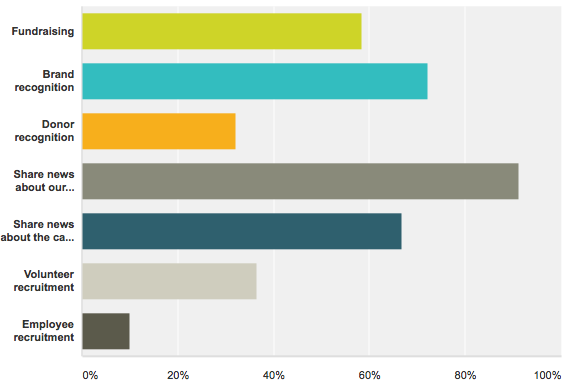
6. Engagement > Broadcasting
Your social profiles are not a billboard, they are a party line. Just like you wouldn’t scream over a conference call, you shouldn’t limit your social messaging to one-line newscasts. Back to Odhner of charity:water:
“The most powerful thing about social media is something many companies and organizations often forget: It’s social. Instead, many brands use social media as a broadcasting platform.”
One finding that stood out from the Case Foundation survey was that 74 percent of non-profits use social media as a megaphone to announce events and donation needs. Try phrasing your next post as a question, or as an opportunity to weigh in.
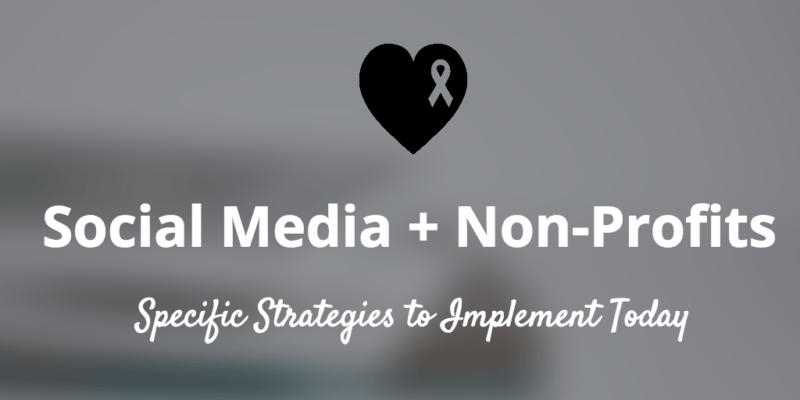
7. Remember: Newsfeeds are Forever
According to Buffer, email list sizes grew 11% in the past year. Facebook and Twitter followers grew 42% and 37%, respectively. For nonprofits, social media is growing 3x faster than email. According to Hubspot, more than half of nonprofits spend 2 hours or less per week on social media marketing. Your nonprofit may want to look at how effective your email marketing efforts are and recalibrate their efforts.
That’s not just amazing growth, it’s an interesting window into how audiences treat their email vs. their social accounts. Emails have to be opened in order to be read, but social updates are a part of a larger organism that acts as “news” rather than “marketing.” Start thinking of your newsfeed as a library archive with an ever-growing membership.
8. Write a Strategy
According to a Hubspot survey, most nonprofits don’t have a documented social media strategy. Instead, they rely on one employee to be the voice and analyst behind the account, and hope that person never leaves.
Instead of putting that responsibility onto a single person, work on a social media strategy that reflects the way your organization talks to your audience. Consider the goals, the type of information that is most appropriate, and notes on what traditionally performs well.
9. Try Out the Three ‘A’s
 As VP of Marketing at Bloomerang, Steven Shattuck knows how to make donation requests relevant to a large audience.
As VP of Marketing at Bloomerang, Steven Shattuck knows how to make donation requests relevant to a large audience.
Shattuck put together a formula that reflects the unique communication needs of a nonprofit. It’s a three-part system for nonprofits that he calls the “Three A’s”:
- Appreciation – 1/3 of your social updates should recognize your donors, supporters, volunteers, and employees
- Advocacy – 1/3 should engage and share with the content of other groups or nonprofits who are relevant to your area
- Appeals – 1/3 should solicit donations or help
Most important for all of these segments: be genuine. People on the internet are more and more aware of how social media is being used to sell to them. Communicate with heart and your intentions will come through.
10. Highlight a Donor
Struggling with what to write about? Try highlighting a donor. It’s a great way to connect with and appreciate a community member. You invite stimulating conversation and make them to feel proud of their contribution to your organization. It also creates an opportunity for your highlighted donor to share their convictions with their own online community. It might be what inspires their peers to make a similar gesture.
Not-for-profits work hard, and social needs to be a force that is worth the effort it requires. Your social can help you connect and be inspired by your own community. Those connections could turn into the donations you need to keep making a difference.
Want to learn more about how Vonigo can help nonprofits? Read our Habitat for Humanity story or watch the case study, watch our Goodwill Industries case study, or book a free private demo and we’ll show you how Vonigo can help your nonprofit.

